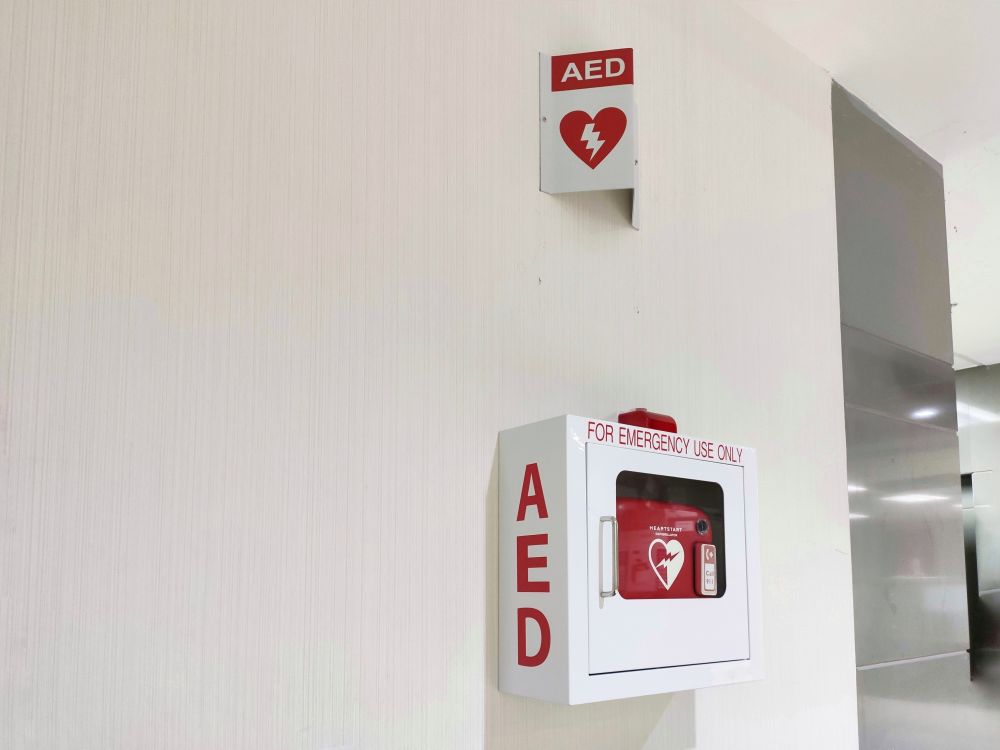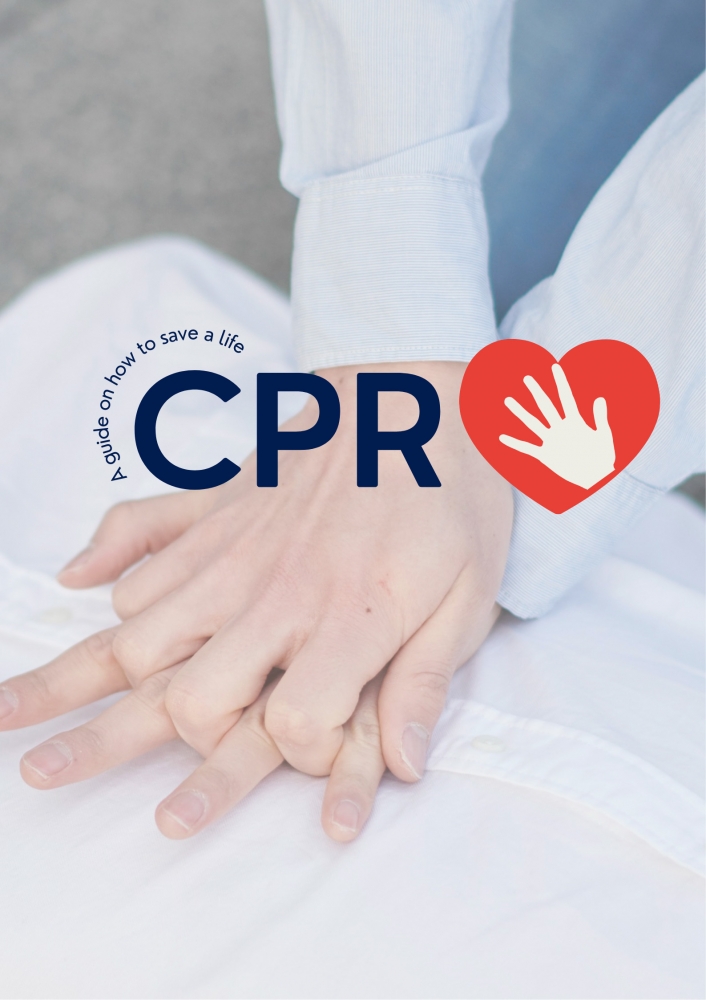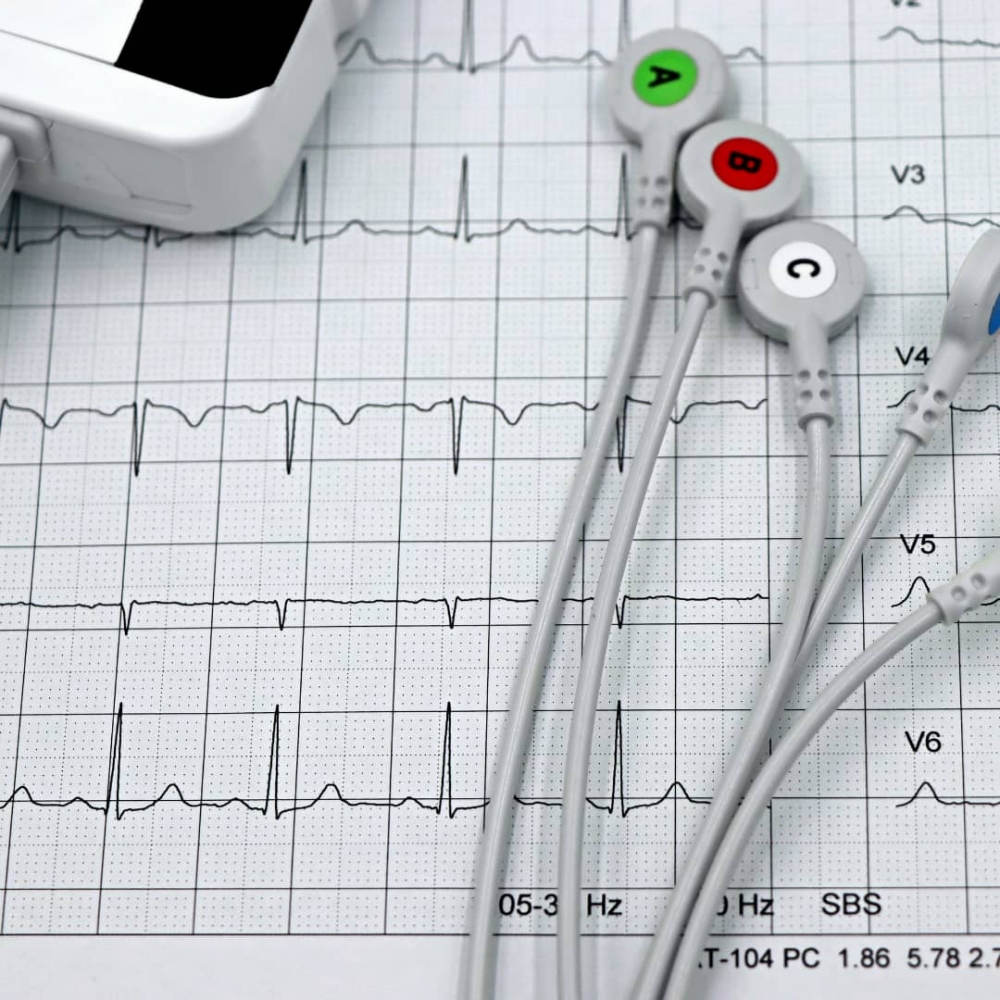Myasthenia Gravis
Myasthenia gravis (MG) is an antibody-mediated disease, caused by a failure of impulse transmission from nerve endings to the muscle, making the muscle weak and easily tired. The word “myasthenia” itself means “muscular weakness”.
Although there is lack recent local data, Japanese and Hong Kong studies have shown that the number of new cases detected are about five cases in a population of million (5 in 1 mil) per year. Nevertheless, a recent Korean study has shown that there is an increase in the number of cases of patients with myasthenia gravis, particularly among elderly men.
Myasthenia gravis is caused by an “error” in nerve impulse transmission to the muscle. The “error” is due to the presence of an antibody attacking the acetylcholine receptors located the surface of the muscles. The chemical released from the nerve endings are blocked from acting on the receptors which would otherwise result in muscle contraction. Repeatedly blocked impulses can lead muscle weakness.
The thymus gland, which is located behind the breastbone, has been linked this antibody regulation. It has been found to be abnormally large in the majority of the young patients with myasthenia gravis, where a tumor called thymoma can be detected in one out of 10 patients.
The disease can start at any age but incidence seems to peak at 20 to 30 years of age in young women and between the age of 50 and 60 in men. Not many people know that older people are particularly prone to myasthenia gravis, especially men, and many have been misdiagnosed with various other ailments due to low awareness and relatively non-specific symptoms.
There are two types of myasthenia gravis – a localised form of myasthenia gravis (ocular myasthenia) and a generalised form myasthenia gravis. With ocular myasthenia, the disease is limited to the muscles around the eyes and rarely spreads to other muscles after three years. In the generalised form, the disease can spread to involve muscles around the shoulders and hips as well as muscles that control speech, swallowing and breathing.
How will I know if I have myasthenia gravis?
As the initial symptoms involve the face and throat muscles, the most common and first noticeable symptoms are the drooping of either eyelid or double vision. Drooping of the eyelid usually affects one side first before the other. If the muscles in the limbs were to be affected, one would find even simple tasks such as combing the hair or hanging laundry difficult. In addition, if it were to spread to muscles controlling swallowing, patients may find their ability to chew and eat being affected. Speech may also be impaired where the voice may become slurred while facial expressions may change and be reduced. However, the degree of weakness varies among individuals.
Nevertheless, patients often find their symptoms worse after exertion and in the evening. As the muscle weakness improves with rest, one may find their symptoms fluctuating – that there are “good times” and “bad times”. In other words, the symptoms come and go but typically worsen with continuous activity of the affected muscles.
How is myasthenia gravis confirmed?
There are several tests that help to confirm diagnosis:
- Ice pack test – Your doctor would put a bag of ice to the affected droopy eyelid. After at least 3 minutes, your doctor would look for any improvement. In patient with myasthenia gravis, droopy eyelid would improved after the ice pack test.
- Blood test – One of the easiest ways to diagnose MG is by detection of abnormal antibodies, that is, acetylcholine receptor (AChR) and muscle-specific kinase (MuSK) antibodies in the blood. A positive test together with fitting symptoms and signs confirm the diagnosis.
- Neurophysiological testing – The testing includes repetitive nerve stimulation (RNS) and single fibre electromyography (SFEMG). In RNS, your doctor would attach sticky electrodes on certain parts of the body to record nerve responses – this is done by producing repetitive small pulses of electricity aimed at detecting any reduction in signals, which can be seen in MG. A SFEMG test would involve sticking a very small needle around the eyes. Signals are recorded either by slight contraction of the eyes muscles or by giving small pulses of electricity. Studies have shown that SFEMG is the most sensitive test to detect transmission failure especially in cases where other tests fail to show abnormalities.
- Chest imaging – As MG is associated with an abnormal thymus gland behind the breastbone, your doctor would arrange a CT scan to detect this.
How is myasthenia gravis treated?
Depending on the type of MG, various treatments are available to keep the symptoms to the minimal. It is largely divided into symptomatic treatment, medication to suppress the immune system and surgery.
- Pyridostigmine (Mestinon) – The usual first medication to try is a tablet called pyridostigmine or more well known as Mestinon. It helps increasing the availability of the acetylcholine to the receptors on the muscle. Common side effects are stomach cramps and diarrhea, which can be easily treated with anti-spasmodic medications.
- Steroids – If weakness is still limiting your daily functions despite taking Mestinon, your doctor may suggest steroid tablets such as prednisolone. Steroid medications reduce the harmful antibodies responses and hence, improve the muscle fatigue and weakness. You will be advised to start the steroid tablets at low dose in the clinic. Any higher dosage will depend on body weight. Once symptoms are controlled, your doctor would then reduce the steroid to the lowest effective dose. One has to be aware that long-term use of steroids may bring many adverse effects such as weight gain, acne, diabetes, thinning of bones and poor wound healing.
- Immunosuppressants – These are medications that may be prescribed by your doctor to aim to reduce the steroid tablets and their undesirable side effects. One of the most commonly used is azathioprine (Imuran). However, the medication may take months to work. The common side effects of these medications are liver derangement and reduced cell counts.
Myasthenia crisis
When your symptoms severely affect your swallowing and breathing, you are in myasthenic crisis. This basically means your symptoms need immediate attention and treatment. Certain conditions such as stress, surgery, infection and rapid change in treatment regime may tip your previously well-controlled myasthenic symptoms into crisis. Emergent treatment in this scenario involves giving intravenous immunoglobulin (IVIg) or plasma exchange.
IVIg is extracted from donated blood and it is able to alter undesirable immune responses. Plasma exchange is a method in which blood is filtered through an external machine to remove harmful antibodies. The exchanges would require a catheter to be inserted in the large vein in the neck or the groin.
Surgery
If you are found to have the thymic tumour called thymoma – usually detectable with the CT scan, you will likely be strongly advised to have the tumour removed. The tumour has a high risk of turning into an aggressive one, where it can invade the surrounding structures. Even if the tumour is not present, surgery is offered especially to young patients, in particular those with positive acetylcholine antibody levels. Recent studies have shown that surgery has definite long-term benefits in symptom control.
Thymus surgery can be performed via open surgery or keyhole surgery. Open surgery involves splitting the breastbone to remove the thymus. The keyhole method, on the other hand, involves a few small incisions being made in the neck and chest so that a small camera and instruments can be passed through to remove the gland. Your surgeon may also give you immunoglobulin prior to the surgery to prevent any worsening of your myasthenic symptoms.
Are there lifestyle changes I should make?
- Sleep well, eat well. I encourage my patients to have regular meals, a balanced diet and more importantly, adequate sleep. Many of patients find relaxation therapy like Tai Chi and mindfulness helps.
- Always inform your doctor of your MG diagnosis. There are more than 30 drugs that can make myasthenic symptoms worse. Few commonly used drugs are antibiotic such as azithromycin and ciprofloxacin, and hypertensive medication like beta-blockers.
- Wear sunglasses. Myasthenic symptoms can become worse in warm situations. If your droopy eyelids are troublesome under the sun, wearing sunglasses may help.
- Pregnancy – most immunosuppressants are potentially harmful to an unborn child. Hence, women with MG need to plan and talk their doctors before contemplating pregnancy. Mestinon and steroid tablets can be used safely in pregnancy.
- Be moderate in activity. Don’t exert yourself too much. Accept that living with myasthenia means there are good days and bad days. Don’t avoid exercising. Slowly build up your stamina according to your tolerance.
Suggest to Read









